21 Hand Symptoms That Indicate Bigger Health Problems
From vitamin deficiencies to melanoma, here are some of the health problems that can manifest in your hands.

Though shaky hands and sweaty palms are decidedly unpleasant, most people write them off as harmless (albeit a little embarrassing at times). However, the truth is that sometimes, those hand symptoms can signify more serious health issues that shouldn't be ignored. Whether it's discoloration, swelling, or trouble gripping, here are some hand symptoms that could be a sign of a serious health condition.
1
Shaky hands: Parkinson's disease
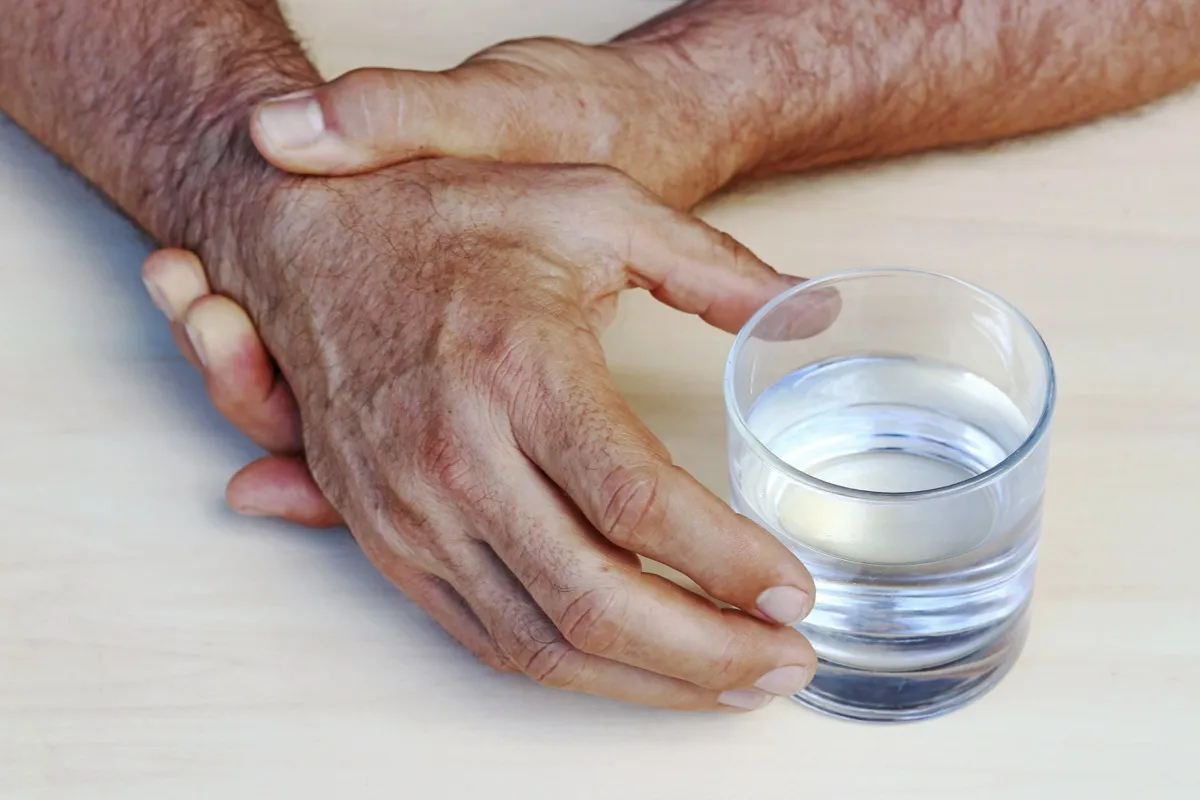
According to Demetri Arnaoutakis, MD, a board-certified surgeon based in Beverly Hills, California, trembling hands can be the result of something as innocent as too much caffeine. But if symptom persists, he recommends seeing your doctor.
"A tremor in just one hand can be the presenting symptom for Parkinson's disease," Arnaoutakis says. "Nearly 80 percent of people who suffer from Parkinson's have a tremor."
2
Sweaty palms: Hyperthyroidism
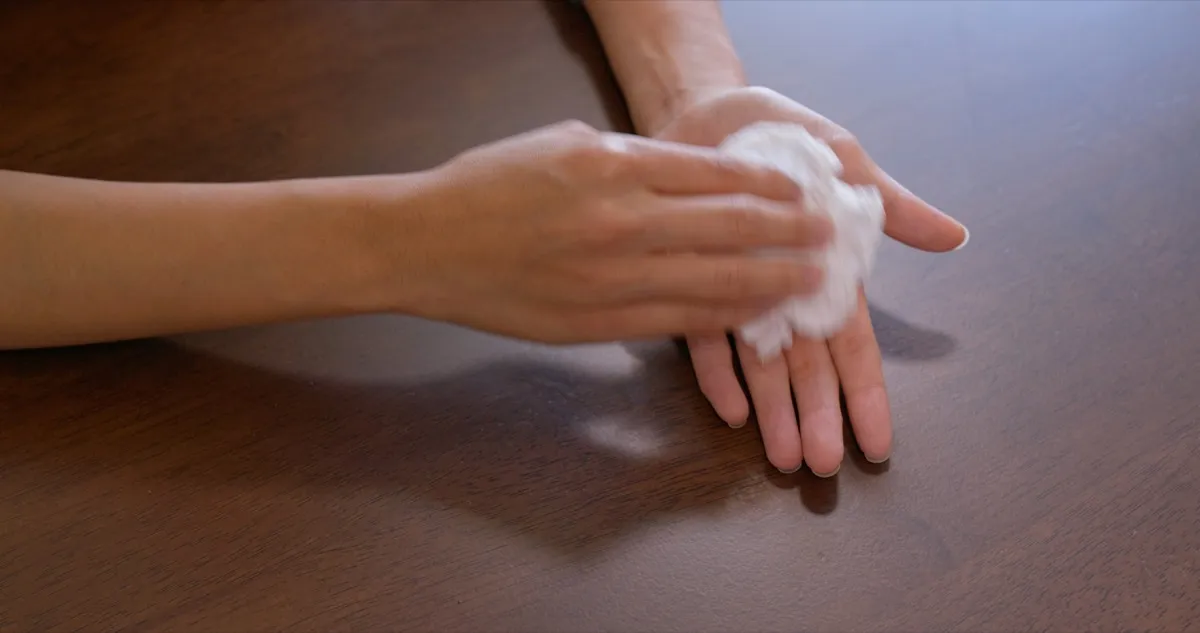
Overly sweaty hands aren't just embarrassing. They can also be a symptom of hypothyroidism in the form of hyperhidrosis, according to the Mayo Clinic.
"Hyperhidrosis occurs when sweat glands become overactive and produce more sweat than is necessary," Arnaoutakis explains. "Most people who suffer from this only experience it in one or two parts of the body. Common areas include the armpits, palms, or feet."
3
Pale hands and nails: Anemia

"Anemia occurs when a person doesn't have enough healthy red blood cells to carry oxygen throughout the body, Arnaoutakis explains. "Iron deficiency is a common cause of this, but [it] also can be seen in various forms of leukemia."
So what does anemia have to do with your hand health? Well, anemia can lead to pale skin, especially in the hands and nail beds.
4
Yellow bumps on knuckles: High cholesterol
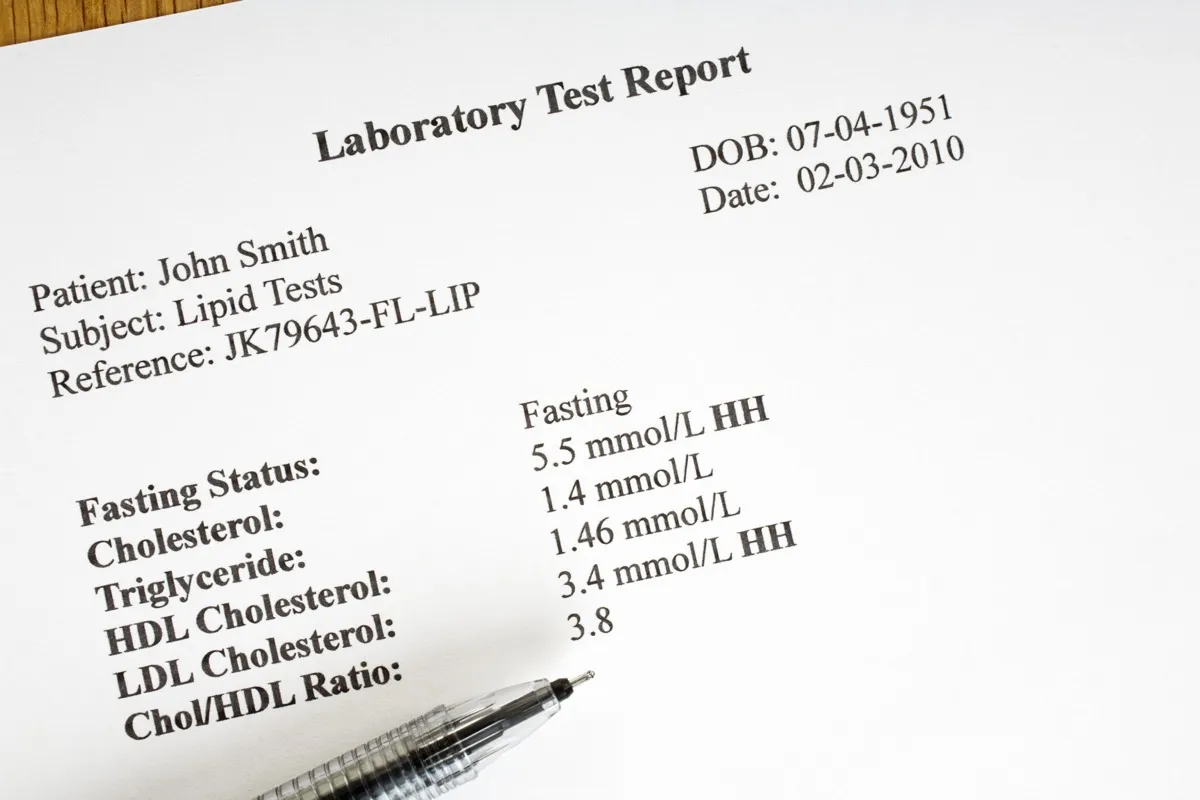
According to Arnaoutakis, firm, yellow bumps over the knuckles could be a sign of a hereditary cholesterol condition called familial hypercholesterolemia. "These yellow bumps, medically termed xanthomas, are fatty deposits that lump together in the hands, elbows, or knees," he explains.
5
Swollen knuckles: Rheumatoid arthritis

If you find your hands painfully swollen (especially around your knuckles), that can be a sign of an autoimmune disorder—more specifically, rheumatoid arthritis, notes Daniel Paull, MD, an orthopedic surgeon and founder and CEO of Easy Orthopedics in the Colorado Springs area.
"Rheumatoid arthritis affects the knuckles much more than regular arthritis does and [swelling] can be the first sign that someone has [the illness]," Paull explains. "Fortunately, there are a lot of good RA medications today that help avoid the disfiguring hand complications of the past."
6
A bent middle finger: Rheumatoid arthritis

A bent middle finger (also known as a Boutonnière deformity) can also be a sign of rheumatoid arthritis, according to The American Society For Surgery of the Hand (ASSH). What exactly constitutes a "bent" middle finger? According to the ASSH, it must have the following two characteristics: the finger is bent at the middle joint and is bent backwards at the end joint.
7
Fingernail indentations: Psoriatic arthritis
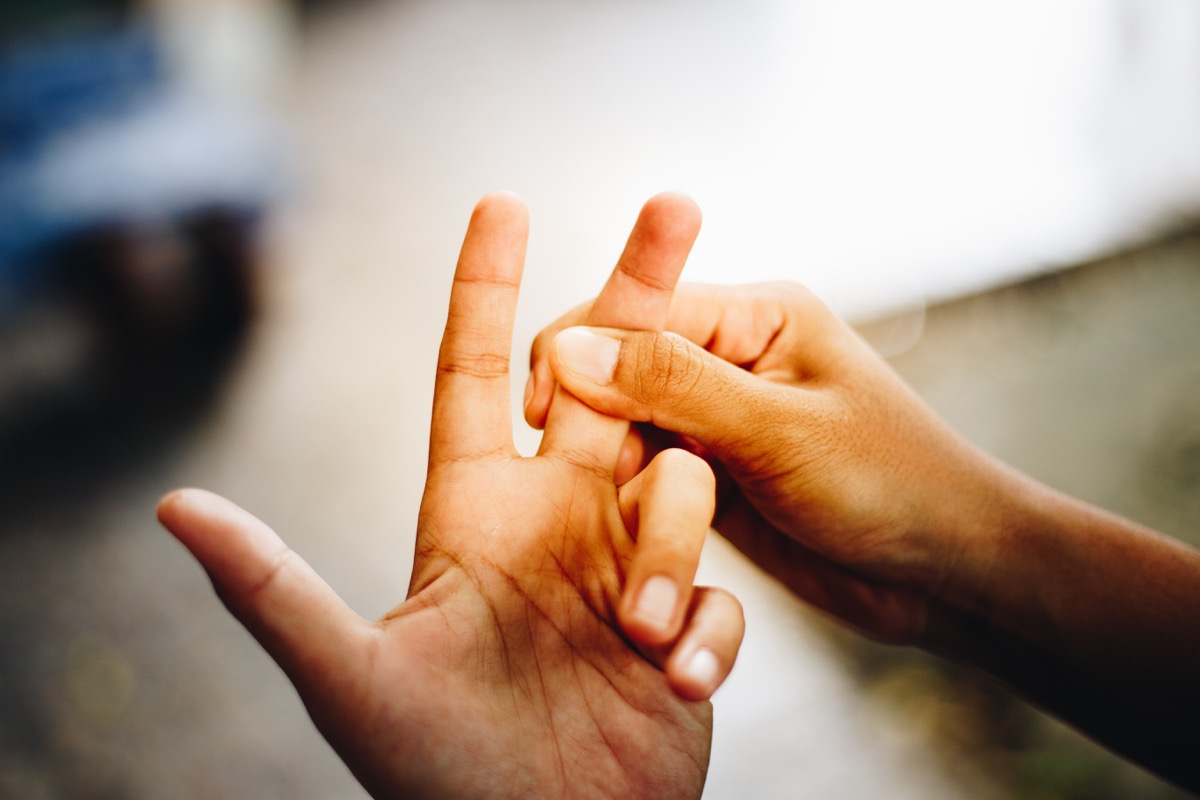
Don't ignore those indentations in your fingernails. "This can be a sign of an autoimmune disease called psoriatic arthritis, which is related to psoriasis and its rashes," says Paull. The good news? As is the case with RA, there are many medications that can help treat this condition.
8
Trouble gripping: Carpal tunnel syndrome
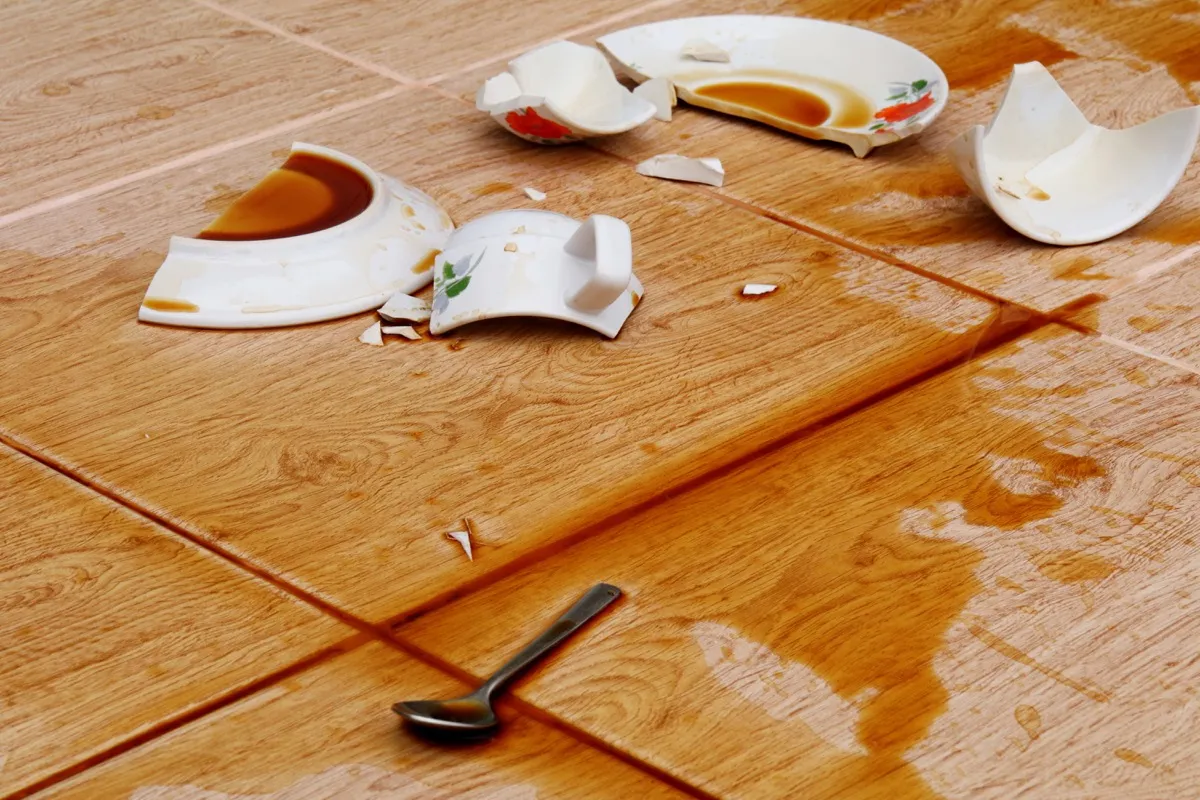
If you're having a hard time gripping objects with your hands, it may be a sign of carpal tunnel syndrome, a pinching or compressing of the narrow passageway on the palm side of your wrist. Other signs to look out for include pain or numbness in the hands, a swollen feeling in the fingers, and a burning or tingling sensation.
9
Wasting muscles: Carpal or cubital tunnel syndrome

If you notice that the muscles in your hands are wasting away, it's likely from nerve compression due to either carpal or cubital tunnel syndrome, says Paull.
"Unfortunately, by the time you notice the wasting [away], there isn't much you can do to get [function] back," he says. "However, most [people] experience numbness and tingling before this, and only a few people have it progress to muscle wasting." Paull also points out that, although it is much rarer, ALS—or Lou Gehrig's disease—also presents with muscle wasting.
10
Redness and peeling of the cuticles: Lupus
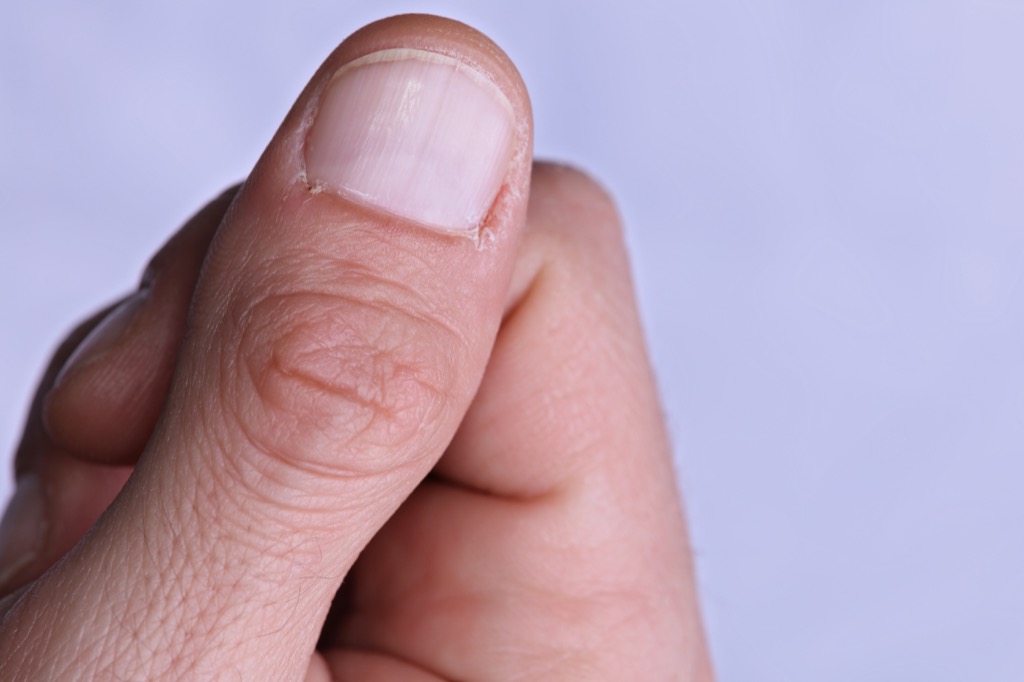
According to Caren Campbell, MD, a board-certified dermatologist in San Francisco, California, redness and peeling around the cuticles can be a symptom of the autoimmune disease lupus. She notes that it "can also present [as] red rashes on sun-exposed areas like the nose and cheeks." And since the illness can involve internal organs and cause renal failure or heart disease, it's best to get any unusual redness or rashes checked out ASAP.
11
Brown spots on the palm: Syphilis
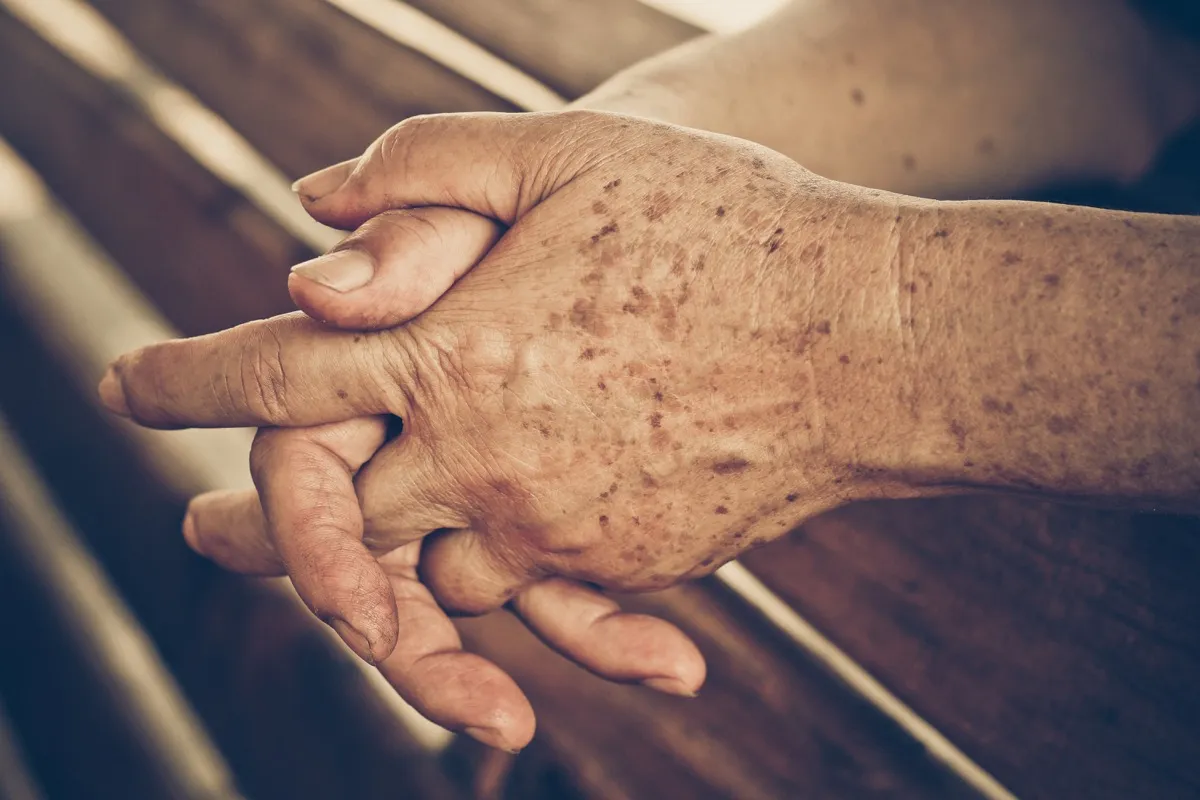
If you notice brown spots on your palms (as well as on the soles of the feet) that can be a sign of syphilis. "If you've had unsafe sex or suspect you may have been exposed, it's important to [see a doctor], as it can lead to neurologic issues if left untreated," she adds.
12
White areas of skin: Vitiligo
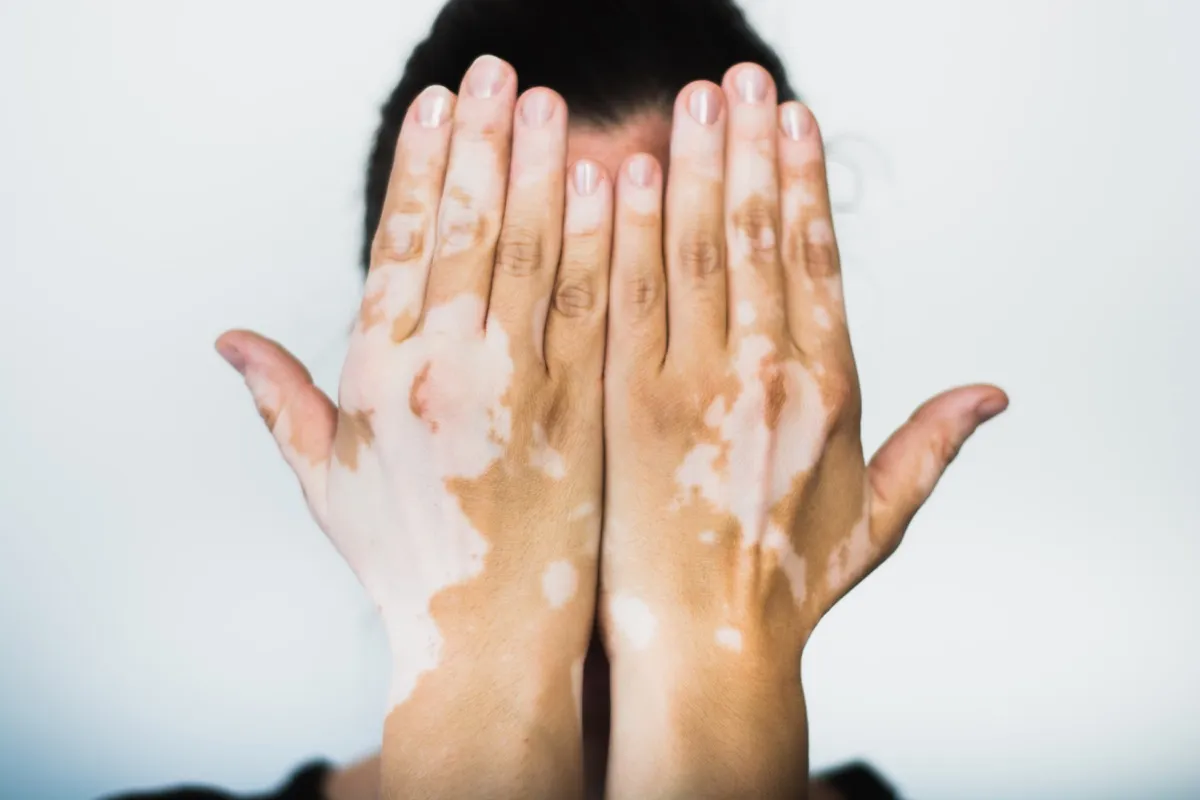
"Vitiligo is a condition [in which] the body's own immune cells attack the pigment-producing cells in the skin," Campbell explains. "Vitiligo presents as white areas of skin which, if it's on the hands, tends to appear over the knuckles or fingertips."
Although it affects other parts of your body, she says the hands are a common area for vitiligo to start because the discoloration often goes to sites of repeated trauma or friction. Campbell notes that "it has been associated with thyroid abnormalities like hyper or hypothyroidism, so getting your thyroid hormone levels checked is important" if you have this discoloration.
13
Blue, purple, or black fingers: Raynaud's disease

If your fingers blanch (translation: lose color) and then turn blue, purple, or black when you're either cold or under pressure, it could be a symptom of Raynaud's disease. This disorder causes the blood vessels to narrow in certain situations, like when the body temperature is dropping or when you're stressed out. The disease can make your fingers feel cold and numb, sometimes to the extent that moving your hands is somewhat painful.
14
Reddish-blue skin patches on the palms: Endocarditis
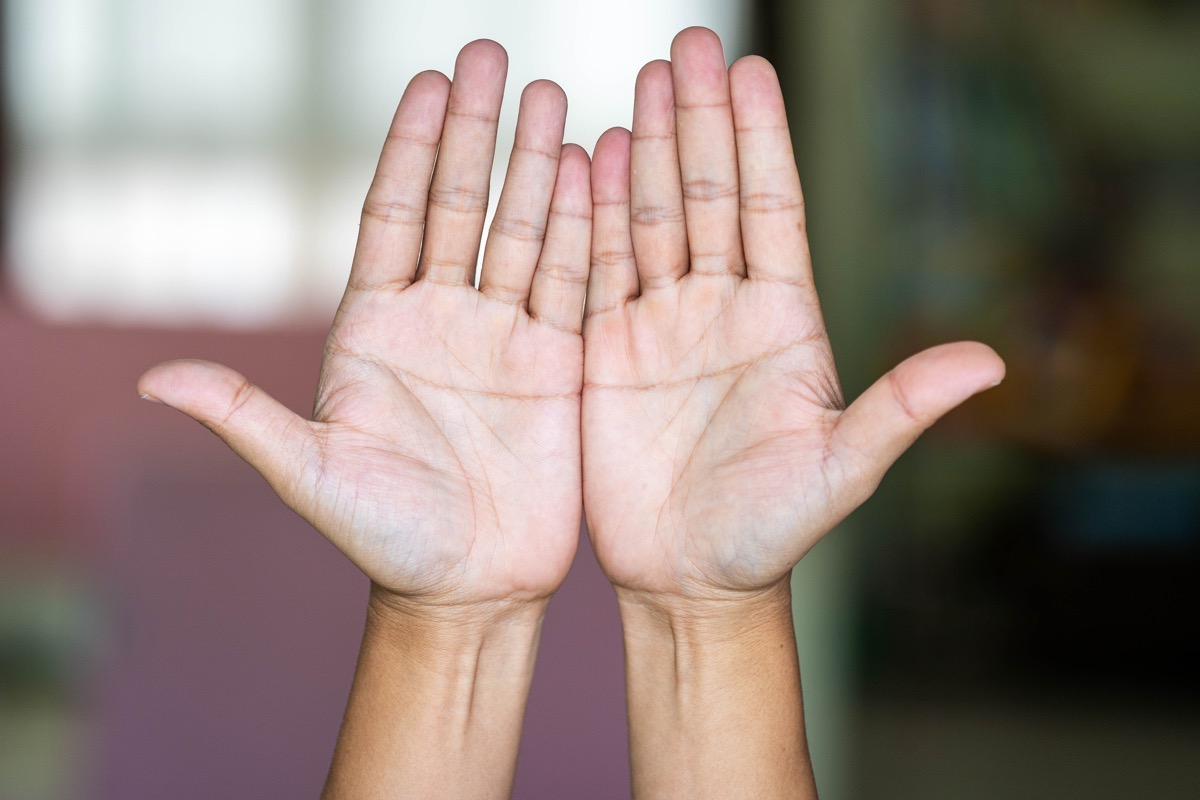
Reddish-blue skin patches on the palms of your hands are a symptom of endocarditis, an infection of the inner lining of your heart chambers and heart valves. The condition can also cause reddish-brown streaks under the fingernails and small, painful nodules in the pads of your fingers.
If you notice any of these symptoms, don't wait to visit your doctor; if left untreated, this condition can cause heart murmurs and total heart failure.
15
"Half-and-half" fingernails: Kidney disease
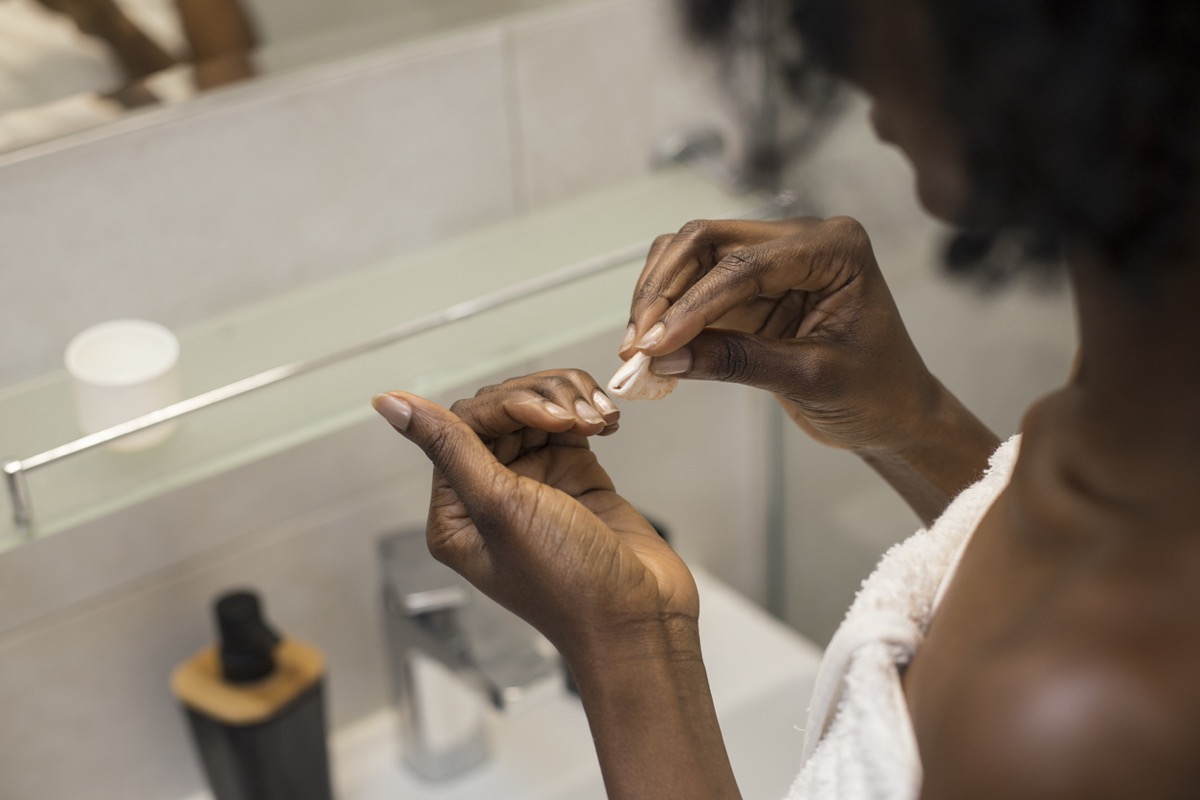
A 2014 study published in the Journal of Pakistan Association of Dermatologists found that 36 percent of patients with chronic kidney disease had "half-and-half" fingernails, in which the bottom of their nails are white and the tops are brown. If you notice this change in your fingernail coloration, schedule a visit with your doctor.
16
Dark stripe on the fingernail: Melanoma

If you have a black stripe running down your fingernail, there could be a harmless explanation like bruising, but it's definitely worth getting it checked out by your doctor anyway. Why? This discoloration can be a symptom of melanoma, a dangerous form of skin cancer. The stripe may appear on just one fingernail, or it can be present on several.
17
Blotchy red palms: Liver disease

According to research published in the American Journal of Clinical Dermatology, blotchy red palms (also known as palmar erythema) are an "often overlooked physical finding" of liver disease. The study notes that palmar erythema is present in up to 23 percent of patients with liver cirrhosis.
18
White spots on the fingernails: Zinc deficiency
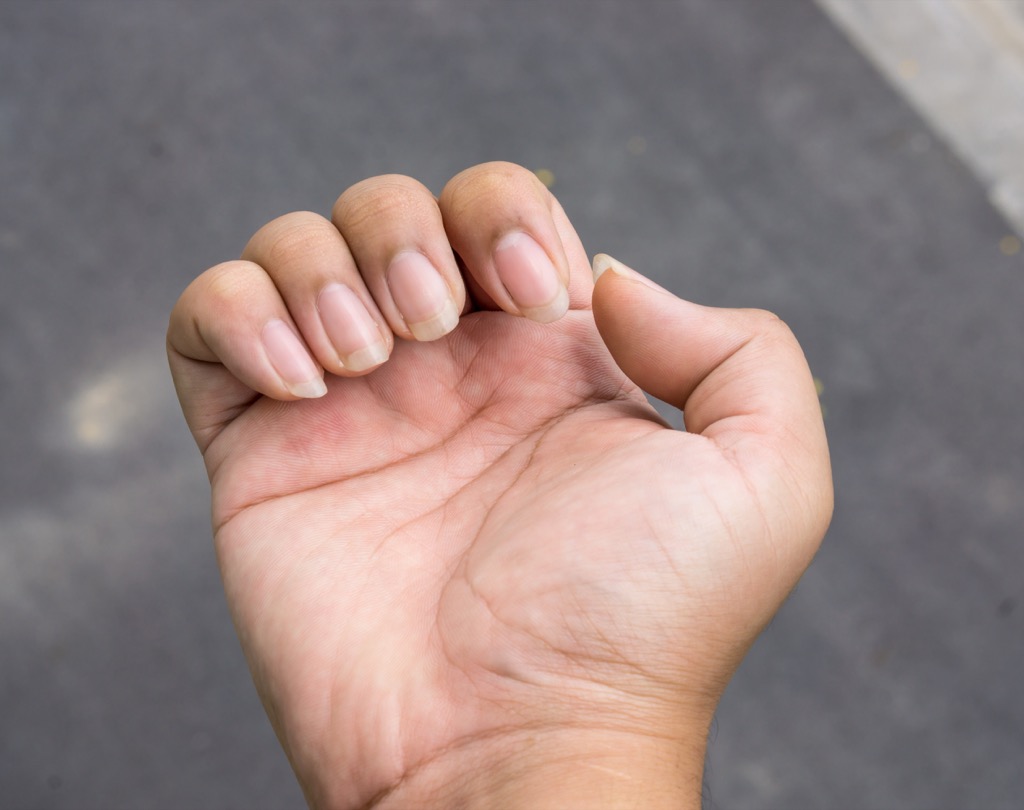
"While white spots [on the fingernails] can be normal, it can also be an indication that someone is not absorbing enough zinc, is not eating enough of it, or is losing too much of it," explains Byron Pitts, MD, assistant medical director at ParaDocs Worldwide Inc. The doctor notes that people who are predisposed to zinc deficiency—for instance, vegans and patients with Crohn's disease—should pay special attention to their fingernails.
19
Clubbed fingernails: Lung or heart disease

"Some lung and heart diseases can cause the fingernails to become more round and club-shaped," Pitts says. "While it's not a specific finding, it might be an indication of certain types of lung disease, heart disease, lung cancer, and GI disorders." If you notice this happening to your fingernails, Pitts recommends getting checked out by your doctor.
20
Stiff skin: Dehydration

When people are very dehydrated, their skin becomes more stiff. "If you pinch the loose skin on the back of the hand, the skin may remain 'tented' or take longer to go back to laying flat," explains Pitts. "This is a pretty late finding though, and you'd probably already know that you need to drink water."
21
Tingling hands: Diabetes
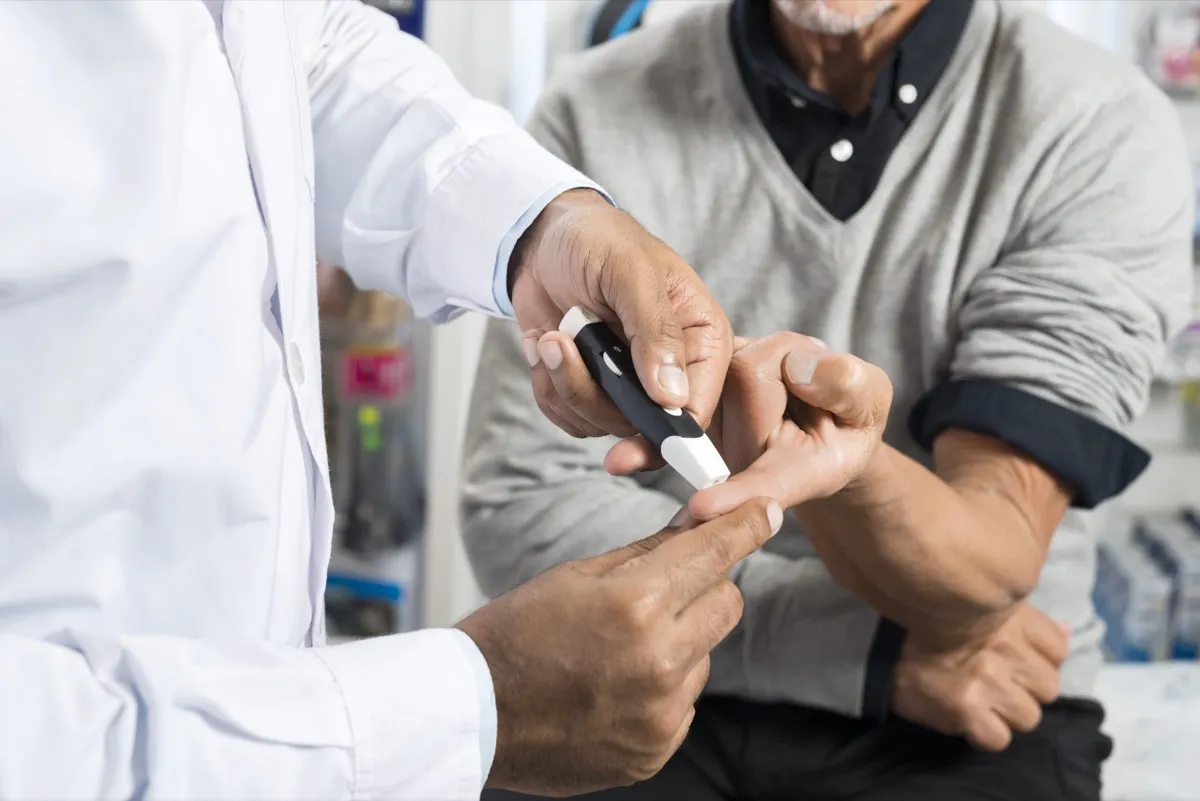
Tingling or numbness in your hands can be a sign of diabetes. If this symptom is accompanied by other things such as unintended weight loss, blurry vision, dry skin, and fatigue, then it's time to see a doctor, as diabetes is likely the culprit. And for more information about protecting your health, check out the 30 Signs of Deadly Health Conditions Hiding in Plain Sight.
To discover more amazing secrets about living your best life, click here to follow us on Instagram!





















